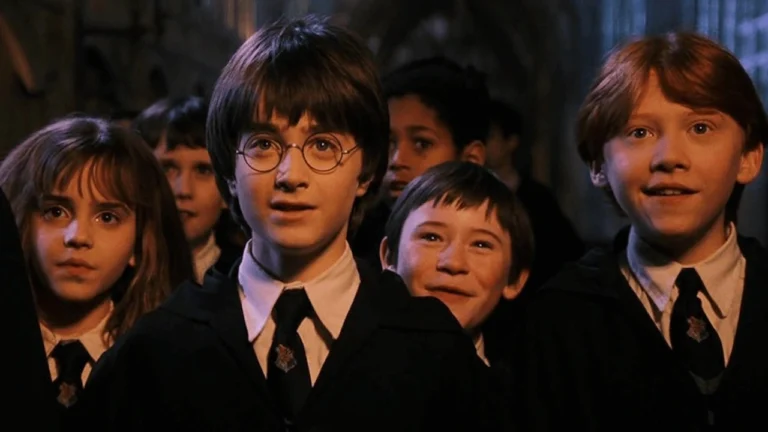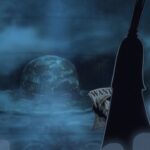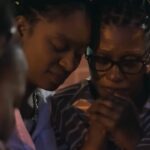It has been more than two decades since ‘Harry Potter and the Philosopher’s Stone‘ first lit up cinema screens, introducing audiences to a magical universe that would define a generation. From Quidditch matches soaring across the skies to the timeless duel of good versus evil, the franchise carved itself into cultural memory. Yet, its staying power isn’t built on spectacle alone. The films are layered with nuances, the kind only sharp-eyed Potterheads notice. These hidden details, scattered across sets, props, and dialogue, are more than just playful nods as they enrich the storytelling and reward the most devoted fans. For those willing to look closely, the wizarding world is filled with secrets waiting to be uncovered.
The real enchantment of Harry Potter often hides in plain sight. In sly nods, background clues, and hints of destiny, Easter eggs bring new meaning to every revisit. Some are fan-famous, cemented into folklore. Others linger quietly, waiting to catch the eye of a careful reader. These details remind us that the magic of Hogwarts is not only cast, after all, it’s crafted.
The Story in the Details: How Small Signs Lead to Big Revelations
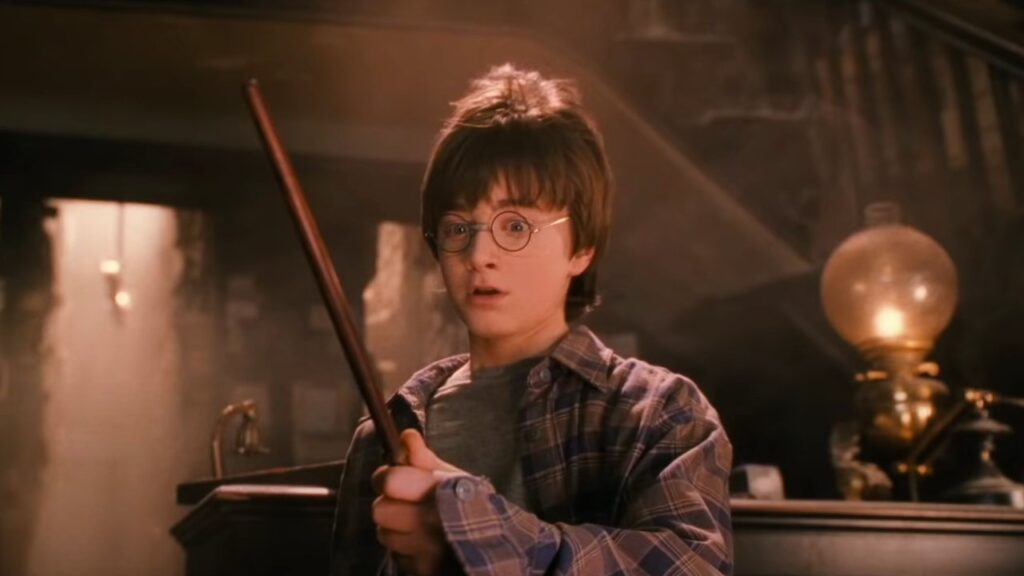
Even casual fans remember the big reveals that reshaped the story. The Deathly Hallows symbol, for instance, didn’t arrive out of nowhere. Well before audiences meet it directly, the clue is seeded in carvings and set pieces, which is a quiet signal of its looming narrative power. And then there’s the revelation that Harry himself was a Horcrux. At first glance, the twist felt like it came out of nowhere. But when we look back, Harry’s Parseltongue, the scar’s sharp twinges, and his link to Voldemort was all there, because the story had been whispering the truth under our noses.
Dumbledore, too, was never without his symbolism. His phoenix Patronus, the phoenix motifs in his office, and the ever-faithful Fawkes at his side all spoke to his identity as a figure of renewal. And who can forget the Golden Snitch Dumbledore leaves Harry, bearing the inscription “I open at the close”? That tiny object delivered one of the saga’s most emotional moments, transforming from a Quidditch trinket into a vessel of sacrifice and courage. Some Easter eggs sneak past even the sharpest fans. Remember the rattling cabinet in Chamber of Secrets, spotted while Harry hides in Borgin & Burkes? At the time, it seemed like nothing. Fast forward, and it’s revealed as the Vanishing Cabinet Malfoy later uses to smuggle Death Eaters into Hogwarts.
What looks like simple House pride is, in truth, something more personal and tender. When McGonagall pushes Harry toward Quidditch, it reads like a Head of House eager to secure glory for Gryffindor. But Rowling later revealed that McGonagall had once been a talented Quidditch player herself, whose own sporting dreams were cut short by injury. That revelation reshapes her enthusiasm, because her delight in Harry’s flying skills isn’t only about strategy or school rivalry. It’s the recognition of real talent she once possessed, the chance to nurture it in another, and perhaps a quiet way of reliving the exhilaration of her own youth through him.
Even the props in Harry Potter carry hidden layers of meaning. The Black family tapestry maps out wizarding lineage through stars, of Sirius, Bellatrix, Regulus, and Andromeda, the names chosen to echo their destiny. The Knight Bus license plate slips in a nod to Rowling’s own birthday, and Voldemort’s anagram, which stands for Tom Marvolo Riddle (I Am Lord Voldemort), demanded inventive adaptations across languages. In French, he became Tom Elvis Jedusor, giving the Dark Lord an unexpectedly a rockstar edge.
Every Detail Matters: The Emotional Power of Potter’s Easter Eggs
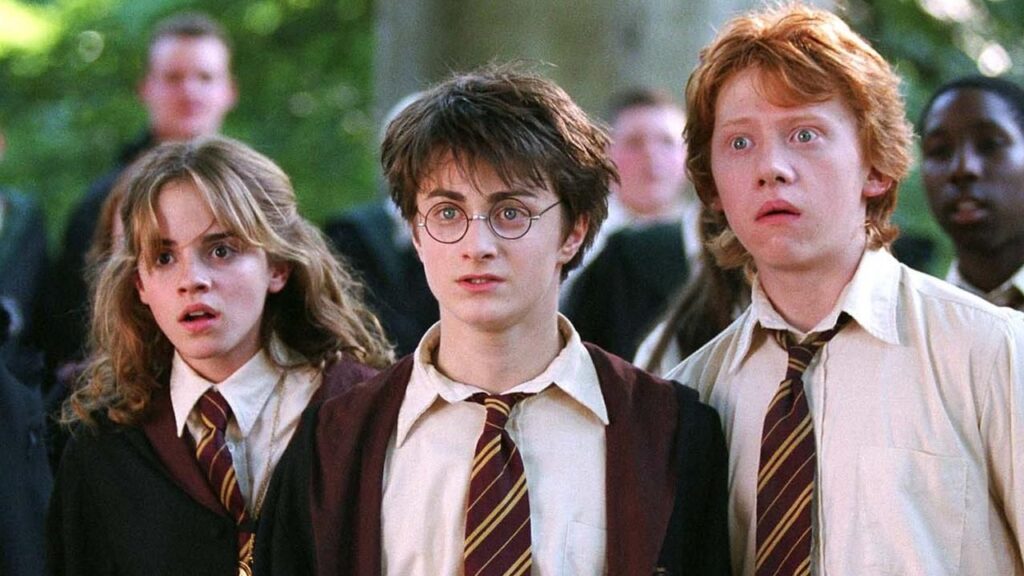
Perhaps the most poignant Easter egg comes from Snape’s very first words to Harry. In their first Potions lesson, he asks about “asphodel and wormwood.” To most readers, it’s a simple potion talk. But in the language of flowers, asphodel symbolizes death, and wormwood means bitter absence, and it was hidden in plain sight, as it was a coded expression of Snape’s grief for Lily.
Easter eggs are more than clever trivia, as they are the scaffolding that makes Harry Potter feel real. Rowling and the filmmakers built a world where every detail, no matter how small, could carry meaning. A cabinet in the corner, a flower in a question, a number on a license plate, each has the potential to matter years later. For us, this design keeps the story alive. Every reread or rewatch reveals something new, encouraging audiences to linger, to pause, to look closer. The wizarding world rewards curiosity, making every return trip feel fresh.
That, ultimately, is the power of Harry Potter’s hidden magic. The series operates on two levels, which are the sweeping battle of light and dark, and the quieter narrative written in Easter eggs. A child may laugh at the chaos of the Knight Bus, whereas an adult notices the sly nod in its numbers. A young reader may skim past Snape’s cryptic potions, whereas an older one recognizes the sorrow behind them.
This duality is why the franchise remains evergreen. The more you grow, the more the story gives back. And sometimes, the most enduring magic isn’t found in grand spells or dramatic showdowns, it’s hidden in the margins, waiting for fans to discover it.
